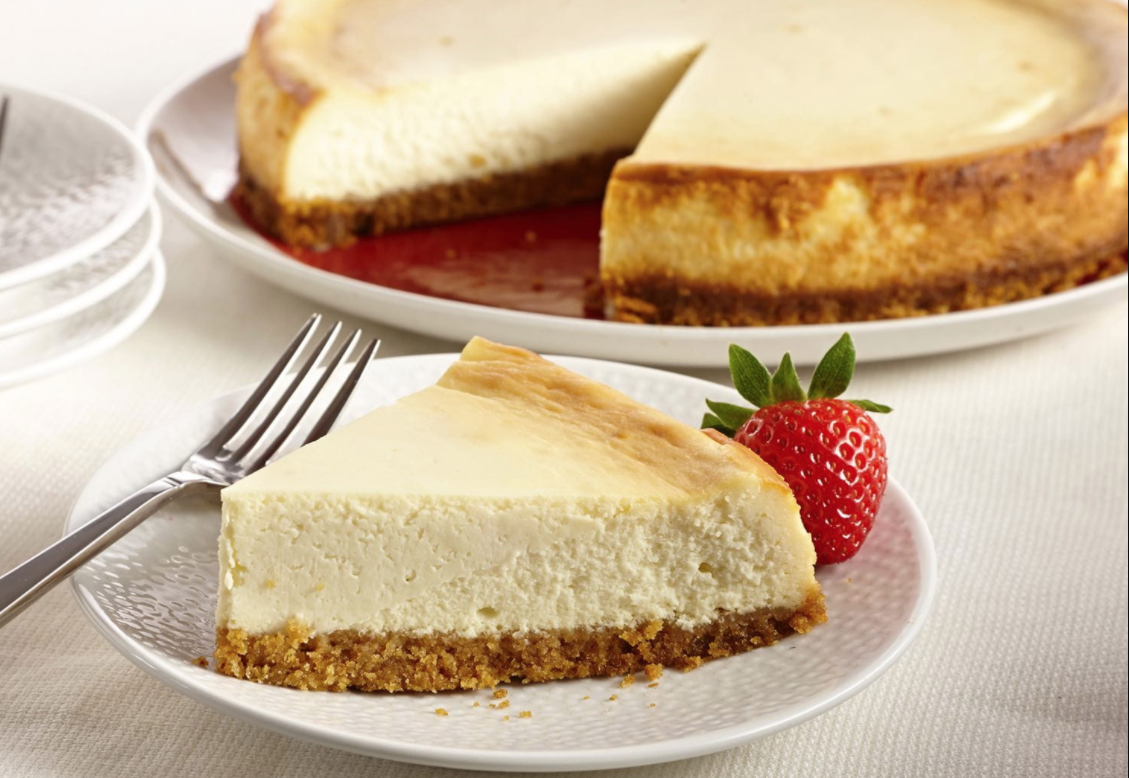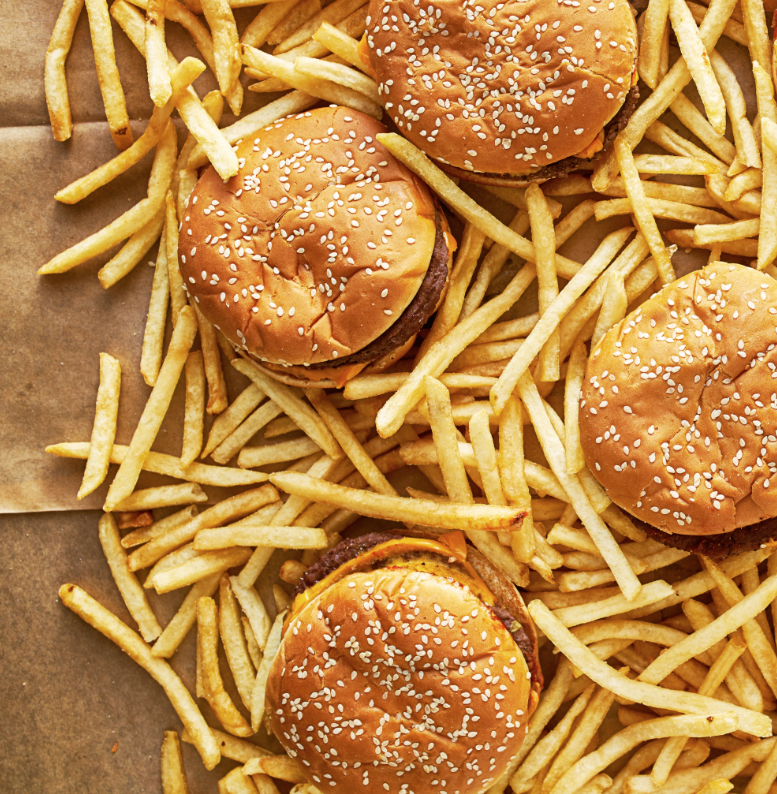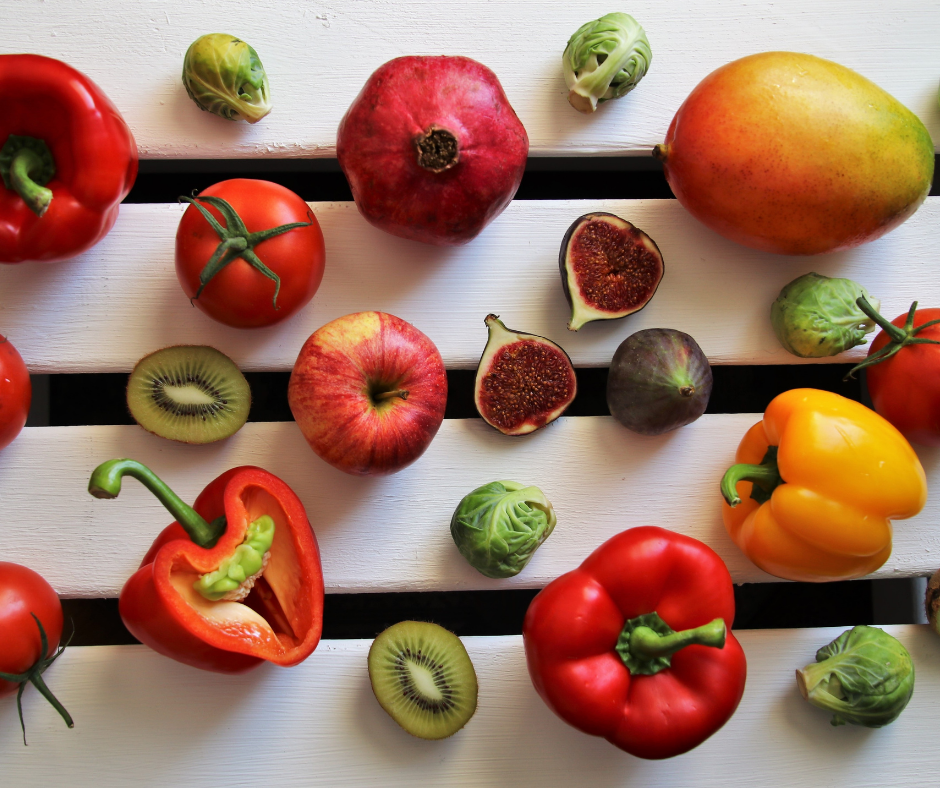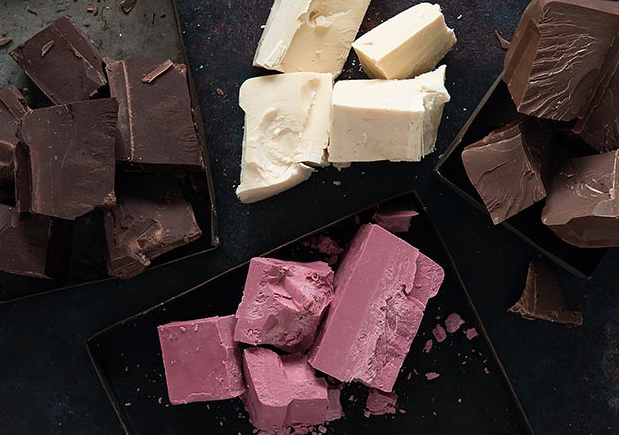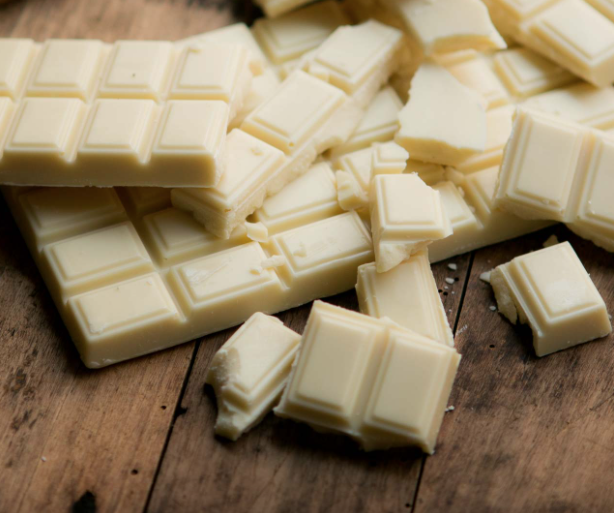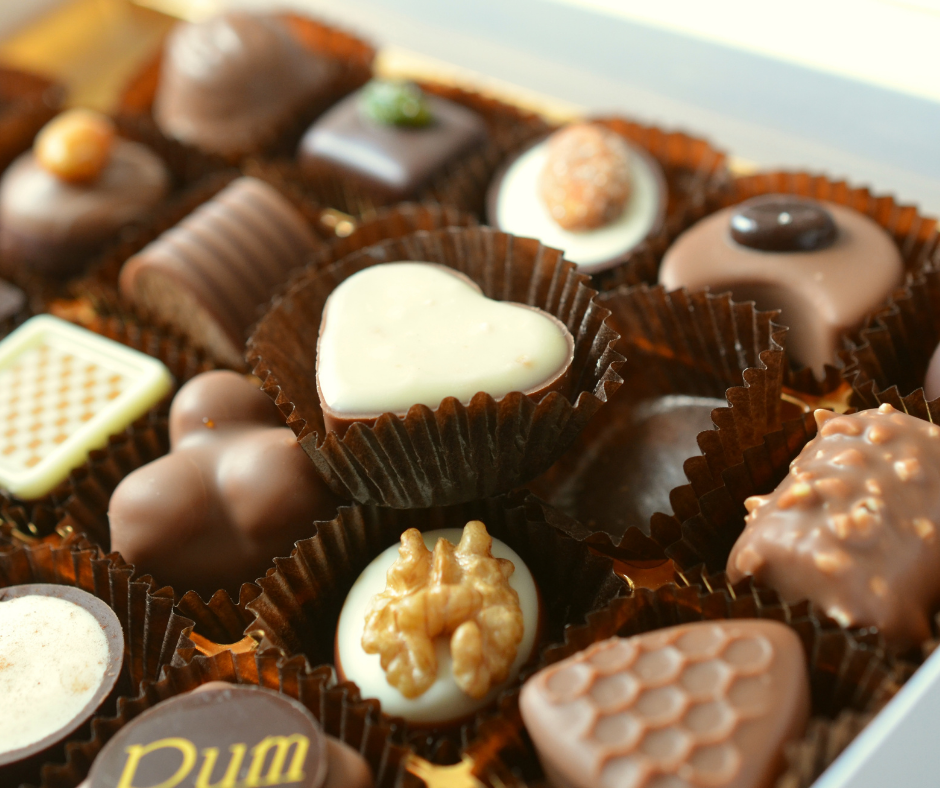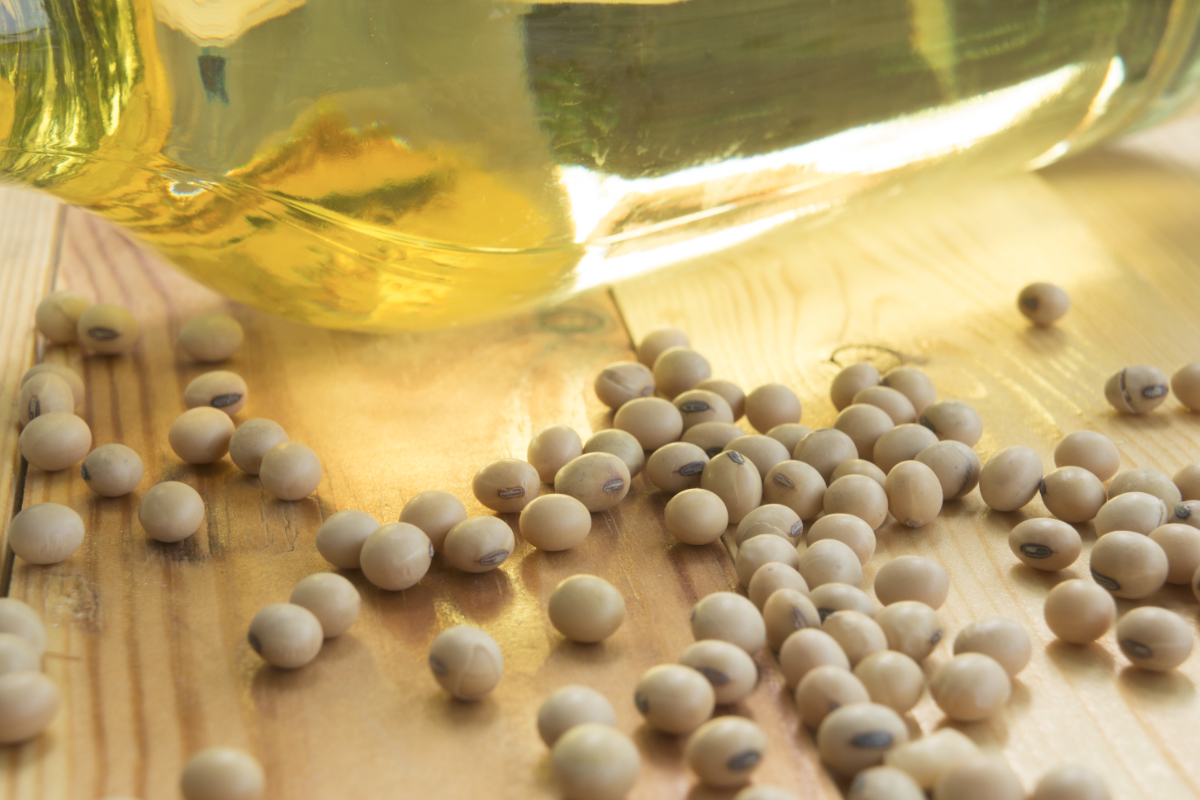By: Heidi Wagenbach
Here’s to you, Mom. You wanted a blog about cheesecake… and you got it.
Cheesecake is a great dessert. Creamy, rich, but not too sweet (if done properly). There are so many variations, flavors, baking (or non-baking) techniques. My dear mother’s expectations for cheesecake are always high. She said she would want to stick her fork into the middle of a slice and see if it was able to withstand a sudden earthquake without crumbling apart. I always loved creating this cake and sampling the delicious crust that I swore I’d be content with eating just that. But I don’t think you’d expect cheesecake’s history to be that complex. I was surprised when I found out that this sweet doesn’t date to the 1800s or even 1500s, but all the way back to nearly 4,000 years ago!
So let’s dive right in…
Ancient Greece, Anthropologists, Athenaeus
First of all, thank you, Greeks, for creating such a legacy.
Researchers and historians excavated cheese molds dating back to 2,000 BC on the Island of Samos. Cheese has been around even before then, dating into prehistory (before writing was invented and even prior to when people began spinning cloth from cotton, kinda hard to fathom with our 21st century mindsets). According to the Greeks, cheesecake provided energy and there is proof that athletes were served this during the first Olympic games in 776 BC. Brides and grooms ate this as a wedding cake, a gesture of hospitality. Granted, the ingredients were simplistic: flour, wheat, honey, and cheese, but people opt for cheesecake to celebrate their marriage still! Greek rhetorician and grammarian Athenaeus is credited for writing the first cheesecake recipe in 230 AD, which is the oldest known surviving recipe. (He detailed it as: pound the cheese until smooth, mix in a brass pan with honey and spring wheat flour, heat into one mass, then cool and serve).
Time Goes On…
After the Romans conquered the Greeks, they modified the cheesecake approach by including crushed cheese and eggs, then baking it under a hot brick, serving it warm. Sometimes, they put the cheese filling into a pastry, calling it “libuma,” and indulging on special occasions. Roman politician Marcus Cato is said to have recorded the oldest known cheesecake recipe for this group of people. According to the Encyclopedia of Jewish Food, Jewish people had a very popular cheese-filled pastry called “fluden,” adapted in 1000 AD.
The Europeans’ Influence
By 1545, the first cookbook was published, and sure enough, it stated a recipe for cheesecake.
“To make a tarte of Chese – Take harde Chese and cutte it in slyces, and pare it, than laye it in fayre water, or in swete mylke, the space of three houres, then take it up and break it in a mortar tyll it be small, than drawe it up thorowe a strainer with the yolks of syxe eggs, and season it wyth suger and swete butter, and so bake it.”
(Makes you read suddenly in a strong British or Scottish accent… no? Just me? Okay).
Europeans really began to focus on using ingredients native to the region. By this time, cheesecake was considered a flour-based sweet food. Henry VIII’s chef had a hand in shaping this recipe too. Apparently, he cut up cheese and soaked it in milk for 3 hours, then strained the mixture and added eggs, butter, and sugar.
By the 18th century, cheesecake was beginning to look more like what we recognize nowadays. They removed yeast from the ingredients, rather using eggs to make their cakes and breads rise. Removing yeast (and its flavor) caused cheesecake to be classified as a dessert.
Neufchatel Cheese And A Dairy Farmer
Cream cheese was an American addition to the cheesecake recipe, and was a staple in the US since the late 1800s. A New York dairy farmer was attempting to replicate the French cheese Neufchatel*** and accidentally discovered the process which resulted in cream cheese being made instead. This creation was packaged and distributed by Philadelphia Cream Cheese brand, purchased in 1903 by the Phoenix Cheese Company, which was then bought in 1928 by the Kraft Cheese Company.
***Neufchatel cheese is claimed to be the oldest version of Norman cheese. There was a text from 1035 AD that mentions the production of cheese in the Neufchel-en-Bray countryside, where it was matured in cellars. There were/are many shapes to this cheese, depending on the fashion and mold the producer owned (for example, it’s rumored that the heart-shaped cheese came from the tale of a Norman woman who wanted to express her feelings (in a not-so-subtle way) to the English soldiers in the Middle Age. Napoleon III is said to have received a huge basket of it that he appreciated (who wouldn’t?) and this cheese remains to be known as one of the best, consumed all over France.
New York
Can’t go without addressing one of the most well-known states whose bragging rights are notorious when it comes to having good cheesecake. Classic NY-style cheesecake is served with just the cake, no fruit, or chocolate or caramel. The extra egg yolks contribute to the smooth, signature texture. By the 1900s, New Yorkers were in love with this tasty treat and every restaurant continues to have a distinct method when creating cheesecake.
Arnold Reuben (more known for his sandwiches) is also said to have invented the New York cheesecake. Born in Germany, he came to America when he was younger, and went to a party where the hostess served a cheese pie. He loved it so much, he began to experiment with recipes and came up with what we know and love today.
Around The World Variations
Chicago cheesecakes have sour cream added; Philadelphia’s cakes are known for being lighter and creamer, topped with fruit or chocolate. St. Louise enjoys a butter cake, with an additional layer of cake on the cheese filling. Italians use ricotta, Greeks include feta, Germans prefer cottage cheese, and Japan mixes cornstarch and egg whites to make a custard. Even though the main ingredients are the same, every nation’s cheesecakes will taste differently depending on where you go.
★Bonus Fact★
The Cheesecake Factory has about 35 different flavors, changing seasonally and varying from Original to Salted Caramel to Oreo. By using the standard price of $10.45 per slice, you would spend about $365 to try them all… ouch. On a more nutritional note, an average slice of cheesecake from this restaurant contains roughly 1,250 calories. A friendly reminder that women should only intake 2,000 per day; men should only intake 2,500. But let’s be honest… if you don’t splurge that often, every bite is worth it.
Final Thoughts
Hope you’re satisfied with my blog, Mom, and that I answered all your undying questions about the origin of cheesecake. Sarcasm aside, I learned a lot that I didn’t know before researching. It made me appreciate cheesecake even more and feel knowledgeable about this classic dessert. Cheesecake will definitely be the next dessert I tackle when I’m bitten by the baking bug and knowing me… that’ll be soon.
Sources:
The Rich History of a Favorite Dessert
The (Rich) History Of The Cheesecake
21 Cheesecake Factory Dishes With More Calories Than the Cheesecake

